Yes! It really is a pink pumpkin. Pink pumpkins were discovered by an Arizona farmer when a white Cinderella pumpkin and a red Cinderella pumpkin accidentally cross pollinated. He worked on perfecting the pumpkin for 5 years and the result is the Porcelain Doll pumpkin for which seeds widely became available for the first time in 2012. These pumpkins even launched a Pink Pumpkin Patch Foundation created in that same year to help raise money for breast cancer research. This year they have launched a nationwide campaign called “Pink is In–Are You?” in which proceeds of the purchase of a pink pumpkin will be donated to the foundation for distribution.
Not only are these pumpkins pretty to look at–but they are also edible! They have a deep orange flesh that is sweet and perfect for cooking. You can use them in whatever you would regularly use pumpkin in–soups, pies, breads and gourmet culinary cooking. The pumpkins are large (20-24 lbs) and therefore produce a good amount of puree. They are ready for harvest in 110 days or when the stem has gotten corky for full pink effect.
Here’s a link to a blog that has a list of where these pumpkins will be available for purchase this year by store and state. Pink is In–Are You? Among some of the stores listed are: Home Depot; Kroger; Meijer; Safeway; Whole Foods to name a few as well as many local pumpkin farms.
What do you think of a pink pumpkin?
images from:
www.eatlikenoone.com
www.huffingtonpost.com
www.penny-pennytreasures.blogspot.com
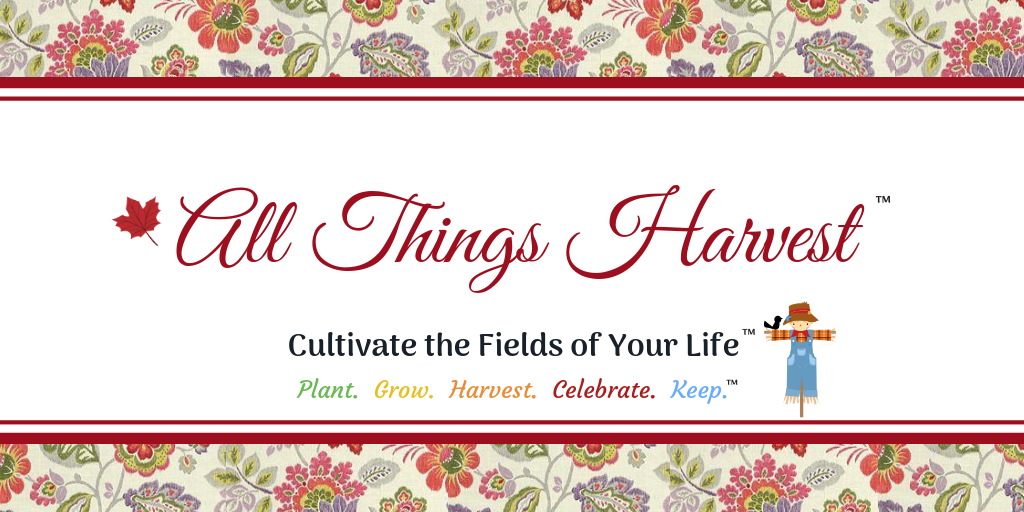
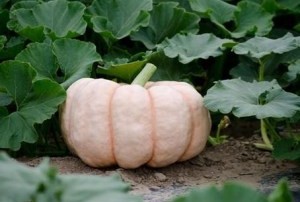
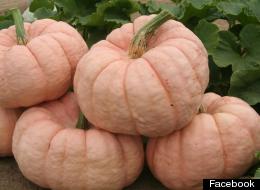

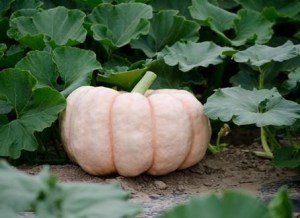


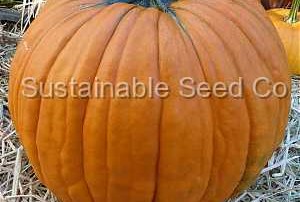
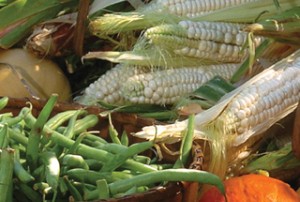
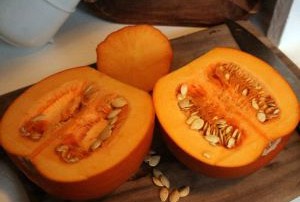
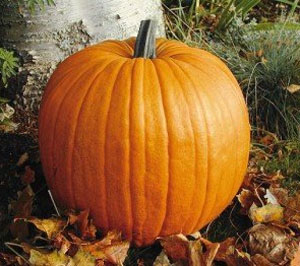
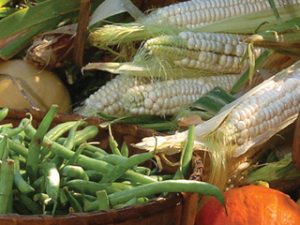
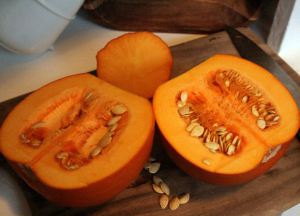
Let’s Connect
Facebook
Twitter
Google +1
LinkedIn